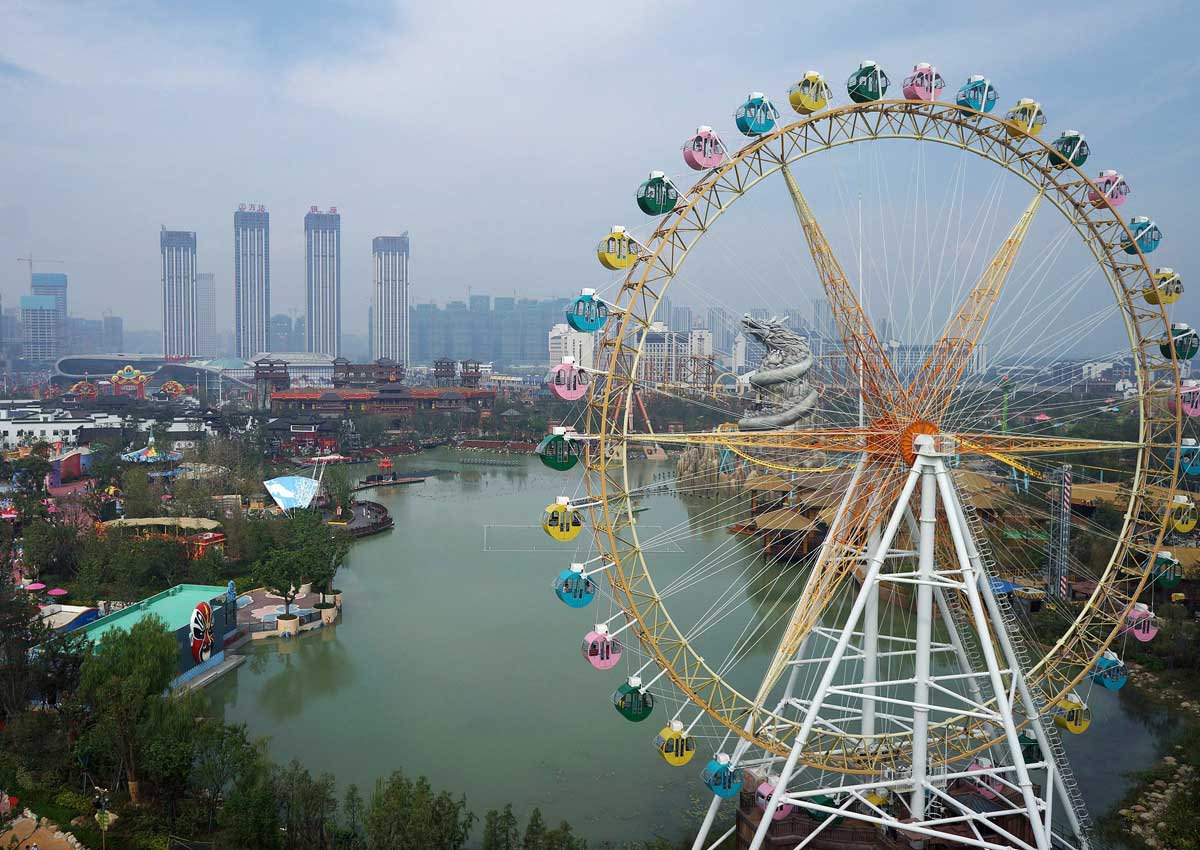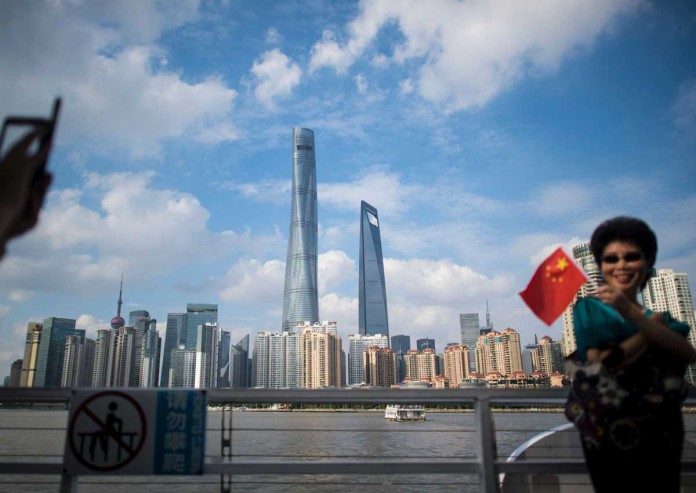Since the National Day holiday or the Golden Week, one of the country’s biggest holidays of the year was established on Oct 1, 1999, Chinese people have never stopped showing their love to it.
Statistics show that about 28 million Chinese went travelling around the country during the first weeklong holiday in that year.
With the growing surge during the past 18 years, the tourist number and spending both hit record high this year.
The latest official statistics show a total of 593 million tourists visited tourist attractions around the country during the Golden Week holiday, up 12.8 per cent year on year.
And the spending rose 14.4 per cent year on year to 482.2 billion yuan (S$99 billion) during this period.
But the numbers are just part of the story. Compared to the early years, Chinese tourists are embracing the changes in tourism sector more rapidly.
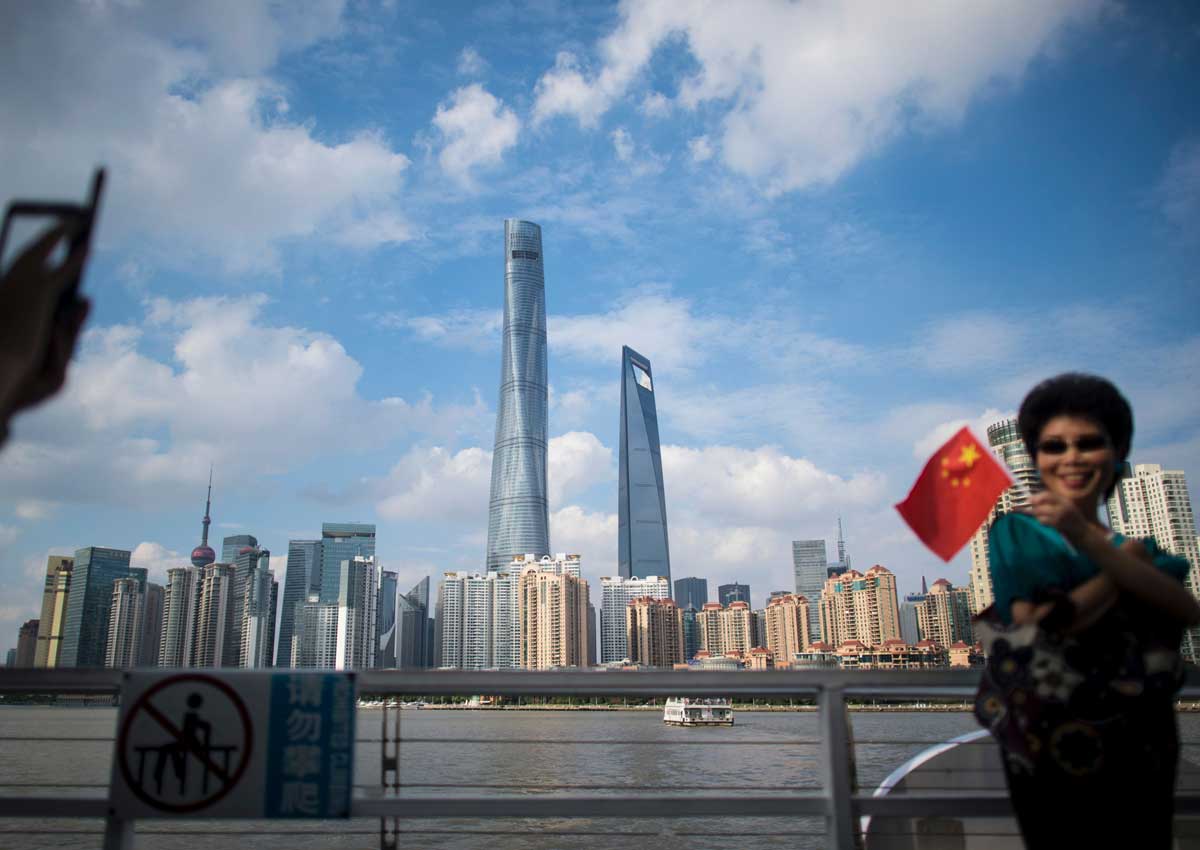
Smartphone travel bookings a new trend
With the increasing popularity of modern technology, more online services for smartphones are available.
A latest report jointly released by China Tourism Academy and Ctrip, an online travel agency, found that 64 per cent of Chinese booked their flights, hotels, travel routes on mobile devices during this year’s National Daily holiday.
“I still remember I booked a hotel room with a telephone during the country’s first national day holiday,” Shanghai citizen Tao Zengrui said.
“This year also I booked a hotel, but through an app on a smartphone.”
According to the report, more than two million Chinese tourists made travel reservations to 1,230 foreign destinations through online agencies and mobile apps.
Many online products provided by the travel agencies such as customised tours and local travel experiences have becoming more popular among visitors.
The report shows that working people aged 23 to 55 accounts for about 60 per cent of the tourists, and seniors above 50 accounting for 21 per cent are getting more used to online booking.
Besides, the report also suggests that female tourists have been leading the tourism industry as they accounted for 59 per cent of all visitors, 18 percentage higher compared to their male counterparts.
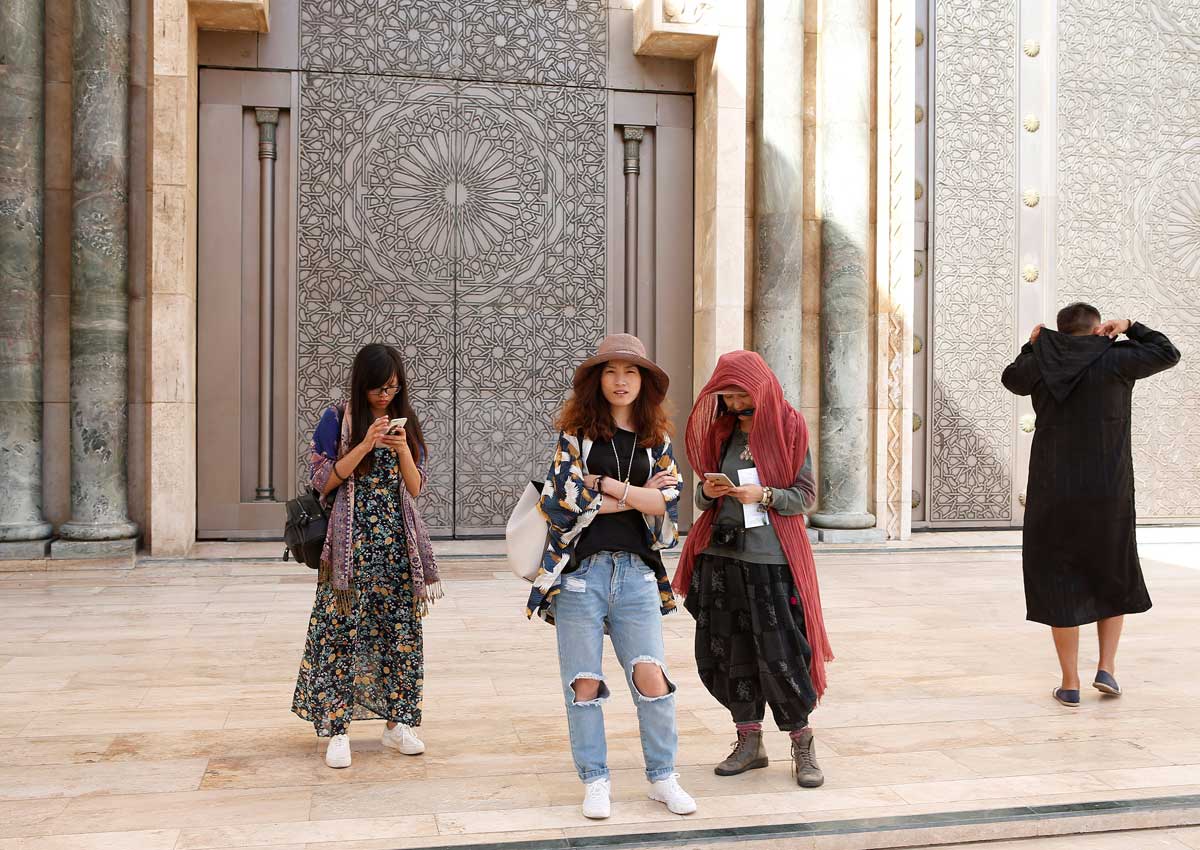
Photo: Reuters
Convenient transportation promotes tourism
Go back to 18 years ago; no one could imagine that one day he or she would take a train would travel at up to 350 km/h.
Now the dream is a reality.
According to the report, railways across the country carried 108 million passengers during the holiday, up 9.3 per cent year on year.
“With the high-speed trains, more train trips between different places are made,” said Lin Yu, a staff working in a local tourism bureau in Fujian province.
The airlines also saw a surge with the number of passengers reaching 9.96 million in the past week, up 11.6 per cent year on year, according to railway and civil aviation authorities.
Apart from that, the development of highways and the growing number of private cars, self-drive tour has become a preferred choice by tourists.
The data shows around 23.4 billion Chinese chose the self-tour during last year’s holidays, accounting for 58.5 per cent of the total tourists.
The China Tourism Academy estimated that by the end of the 13th Five Year Plan, the number of self-tour tourists will reach 5.8 billion, accounting for 70 per cent of the domestic tourists.
Tourist attractions diversified
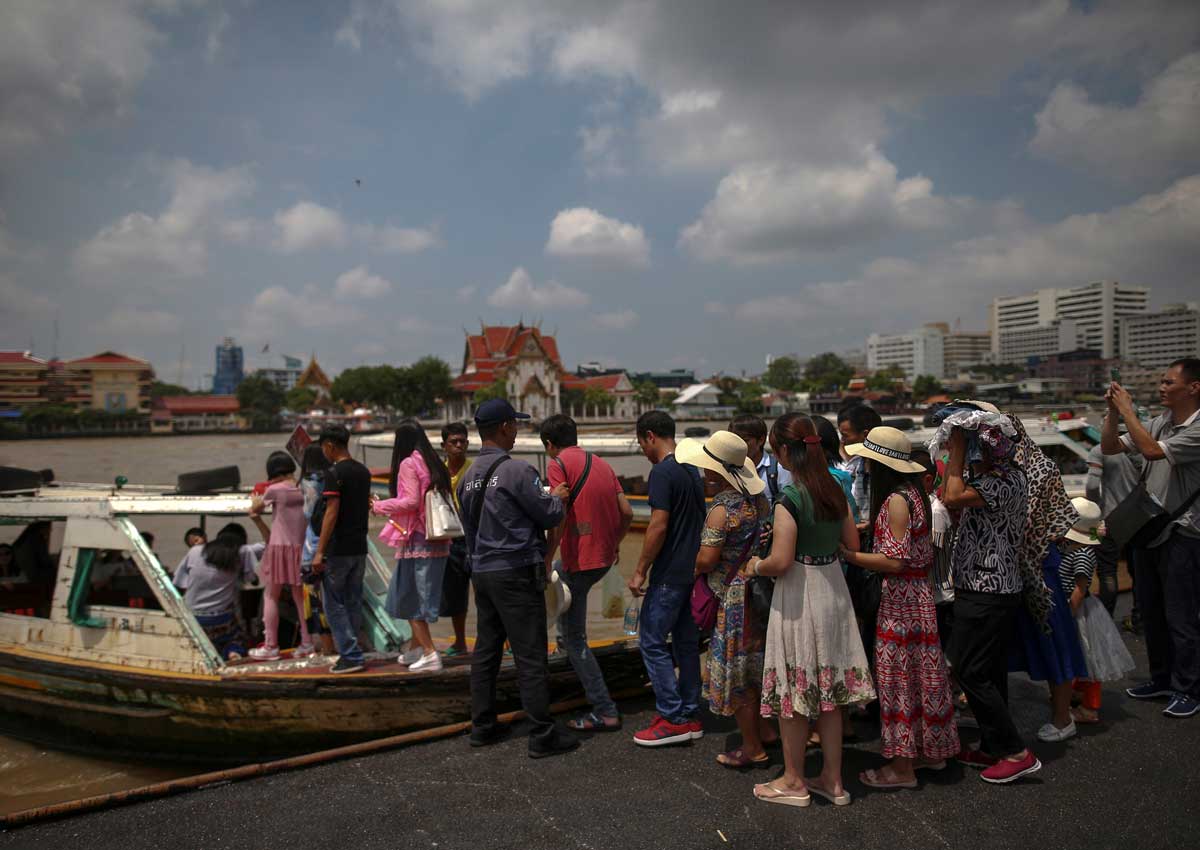
Photo: Reuters
Eighteen years ago most Chinese would travel to the country’s most popular destinations such as the Forbidden City in Beijing, or Terracotta Warriors in Xi’an.
But now the weeklong holiday is seeing more visitors not only travelling to different cities inside the country, but also to foreign destinations, especially the neighbouring nations.
According to the report, the number of outbound tourists is expected to hit six million, with South Korea, Thailand and Japan being the most-favoured foreign destinations.
For domestic trips, attractions in provinces along the Belt and Road Initiative saw an increase.
North China’s Inner Mongolia autonomous region saw its tourist visits rise by 21.49 per cent year on year while tourist spending in Xinjiang Uygur autonomous region rose 42 per cent year on year.
Popular cities, such as Beijing, Shanghai, Guangzhou, Shenzhen and Hangzhou, remain the favourite locations.
Meanwhile, more tourists are showing their “new flavors” for travel – to experience more about the local life in different places.
“The local tourism and business environment is playing a more important role to attract visitors,” said Dai Bin, head of the China Tourism Academy.
During the past year, Chinese tourism authorities have also taken effective measures to promote the industry.
New restrictions have been announced against uncivilized behaviours as part of the country’s efforts to promote civilised tourism.
Wuyan contributed to the story.
